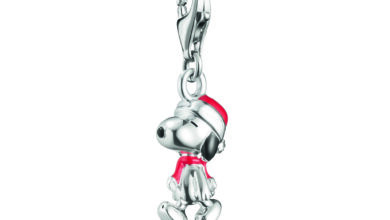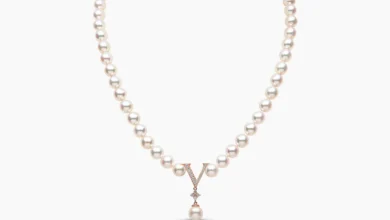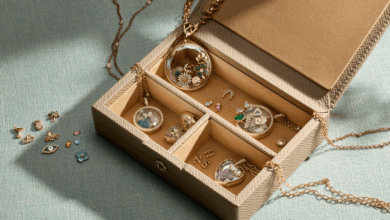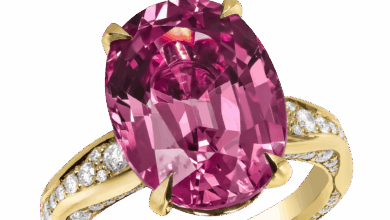UK gold demand increases by 21%, says World Gold Council
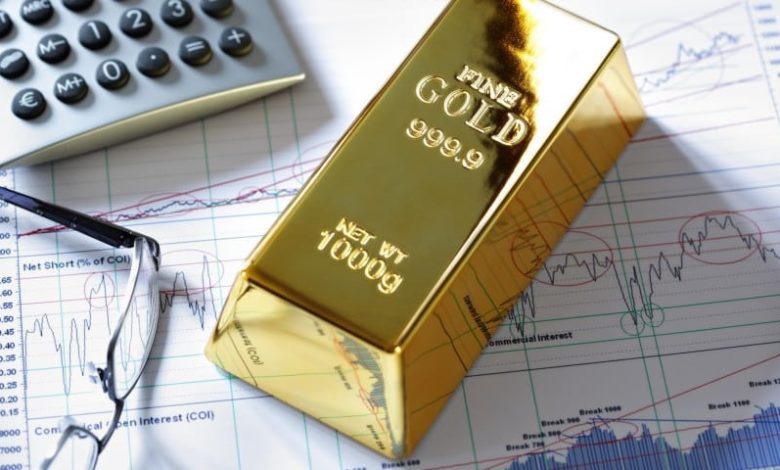
Register to get 1 free article
Reveal the article below by registering for our email newsletter.
Want unlimited access? View Plans
Already have an account? Sign in
UK demand from gold rose by 21% in the second quarter of this year, compared with the same period the previous year according to the World Gold Council’s latest figures.
On a global scale, Q2 represents more than half of total annual demand for gold.
Highlights from WGC’s report:
Jewellery:
Second quarter demand, which held within the broad upward trend from 2009, accounted for over 50% of global gold demand in the second quarter. Year-on-year comparisons were affected by the surge in demand seen in Q2 of the previous year, but demand was largely in line with its five-year average.
The gold price followed a narrow sideways range in the second quarter, making a subdued environment for gold investors. Consequently, bar and coin demand saw a significant reduction from the record high in Q2 2013 and outflows from ETFs slowed sharply.
Technology:
Demand for gold in technological applications fell modestly to 101t. Improvements in both the economic environment and consumer sentiment helped stem losses from substitution. However, fabricators in all segments continue to look for cheaper alternatives to gold in order to manage costs.
Central Banks:
This sector remains a solid element of demand with net purchases of 118t in the second quarter, representing a 28% increase year-on-year. The announcement of a fourth CBGA in the second quarter also reiterated that sales will not be forthcoming from some of the largest holders.
Supply:
Gold supply increased 10%, owing to a 13% increase in mine supply in the second quarter; recycled gold was little changed. Q2 also saw 50t of net producer hedging; however these fresh positions have had minimal effect on the overall outstanding hedge book.



